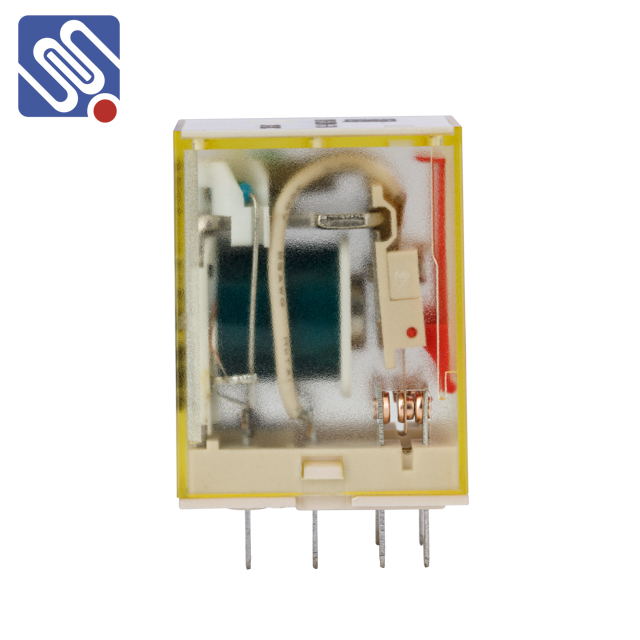Relays are critical components in electrical systems, acting as automatic switches that control the flow of electricity. They are widely used in automation, protection circuits, and communication systems due to their ability to control large currents and voltages with small input signals. To ensure optimal performance and longevity, it is crucial to understand the key relay performance metrics. This article will explore the primary performance metrics of relays and their significance in various applications.

1. Contact Resistance Contact resistance refers to the resistance between the relay’s contact points when it is in the closed (ON) state. A low contact resistance is essential for efficient operation, as it reduces energy loss and minimizes the generation of heat at the contact points. High contact resistance can lead to arcing, corrosion, and eventual failure of the relay. Therefore, the contact resistance should be kept as low as possible to ensure minimal power loss and prolonged service life. 2. Operate and Release Time The operate time is the time it takes for a relay to transition from an open state to a closed state when an input signal is applied. Conversely, the release time is the time required for the relay to return to its initial state once the input signal is removed. Both of these times are crucial in applications where rapid response times are needed, such as in fault protection circuits and real-time control systems. The faster the operate and release times, the better the relay can respond to system changes or fault conditions, enhancing the overall system performance.